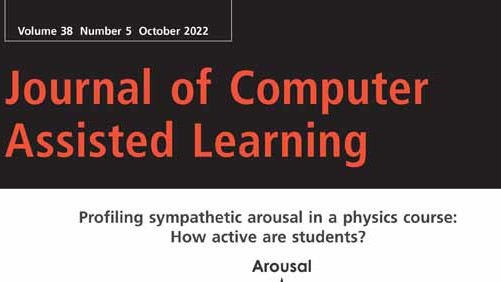Investigating students’ use of self-assessments in higher education using learning analytics

Ifenthaler, D., Schumacher, C., & Kuzilek, J. (2022). Investigating students’ use of self-assessments in higher education using learning analytics. Journal of Computer Assisted Learning. https://doi.org/10.1111/jcal.12744
Formative assessments are vital for supporting learning and performance but are also considered to increase the workload of teachers. As self-assessments in higher education are increasingly facilitated via digital learning environments allowing to offer direct feedback and tracking students’ digital learning behaviour these constraints might be reduced. Yet, learning analytics do not make sufficient use of data on assessments. This exploratory case study uses learning analytics methods for investigating students’ engagement with self-assessments and how this relates to performance in the final exam and self-reported self-testing strategies. The research study has been conducted at a European university in a twelve-weeks course of a Bachelor’s program in Economic and Business Education including nenroll = 159 participants. During the semester, students were offered nine self-assessments each including three to eight tasks plus one mid-term and one exam-preparation self-assessment including all prior self-assessments tasks. The self-assessment interaction data for each student included: the results of the last self-assessment attempt, the number of processed self-assessment tasks, and the time spent on the last self-assessment attempt, the total self-assessment attempts, and the first as well as last access of each self-assessment. Data analytics included unsupervised machine learning and process mining approaches. Findings indicate that students use the self-assessments predominantly before summative assessments. Two distinct clusters based on engagement with self-assessments could be identified and engagement was positively related to performance in the final exam. The findings from learning analytics data were also indicated by students’ self-reported use of self-testing strategies. With the help of multiple data from self-reports, formal exams, and a learning analytics system, the findings provided multiple perspectives on the use of self-assessments and their relationships with course performance. These findings call for applying assessment analytics and related frameworks in learning analytics as well as providing learners with related adaptive feedback. Future research might investigate different (self-report) variables for clustering, other student cohorts or self-assessment forms.